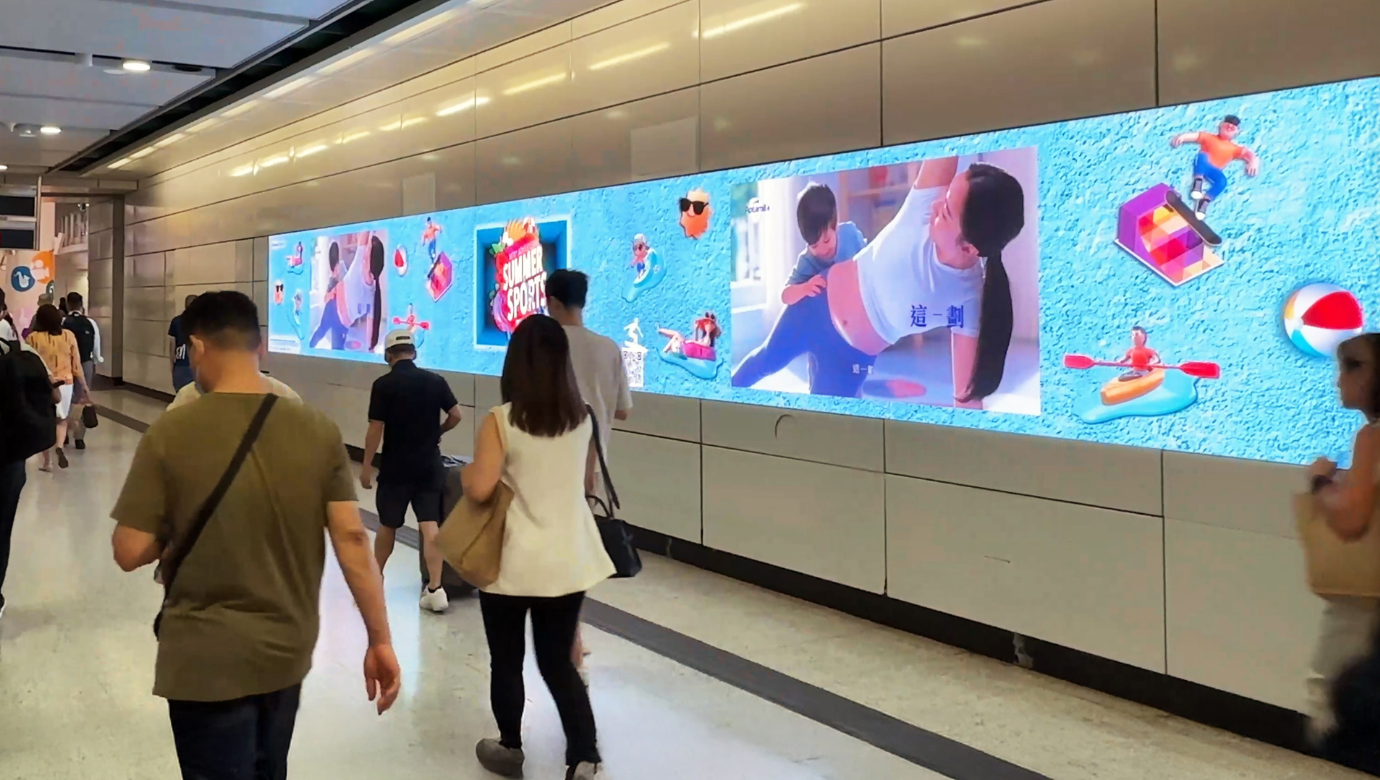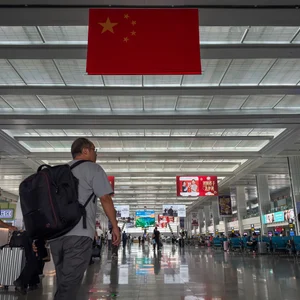Copyright e27

Hong Kong has long been Asia’s gateway for business, built on strong financial foundations, world-class infrastructure, and exceptional connectivity. Its transport network reflects that same pace of progress, with the Metro moving over 4.5 million commuters every day. With such scale, every part of the network represents valuable space for communication and engagement. As the city advances its Smart City Blueprint, the Metro is evolving from a transport network into a powerful digital communication platform that links Hong Kong’s people, data, and experiences in new ways. Supporting this transformation is onActivity, a Hong Kong-based company that has developed a programmatic digital-out-of-home (DOOH) platform enabling transit advertising to become more dynamic, data-driven, and responsive to real-world conditions. This next-generation platform allows brands to adapt instantly to citywide activity, setting a new benchmark for intelligent urban media. The company will showcase its innovation at SWITCH 2025, booth M01, under the Hong Kong Science and Technology Park pavilion. From a single screen to a citywide network The story began in 2008 with the launch of the first Digital Escalator Crown (DEC), an early experiment that turned static escalator panels into motion-rich digital displays. What started as a simple visual upgrade quickly became a new medium for storytelling, transforming everyday commutes into moments of connection. That success paved the way for a full Digital Advertising System (DAS) across Hong Kong’s Metro network. Today, Digital Posters, Digital Motion, Panorama, and other screens line the busiest stations, all synchronized to deliver content with precision and scale. The network now includes more than 1,100 digital screens across 91 stations, creating one of Asia’s most extensive transit advertising systems. With real-time management and a data-ready infrastructure, advertisers can operate with greater flexibility and immediacy, building a foundation for future smart city innovation. Smarter scheduling for smarter cities After helping to build one of Asia’s most advanced digital transit media networks, the company introduced the Programmatic Scheduling Platform (PSP), a software solution that redefines how digital advertising content is managed, scheduled, and optimized across Hong Kong’s transport system. The PSP brings automation and intelligence to digital-out-of-home advertising. It allows brands to deliver messages that align with the moment, whether during the morning rush, weekend leisure hours, or peak travel seasons. Each screen becomes a responsive point of contact powered by live data and automated decision-making. Instead of static schedules and manual uploads, advertisers can now operate with speed and precision. The PSP supports real-time bidding, dynamic scheduling, and automatic inventory optimization, ensuring that every second of screen time is used effectively. Campaigns are guided by transparent performance data, giving marketers the insight to adjust strategies in real time. For media owners and operators, the platform simplifies complex workflows. Thousands of digital displays can be controlled from a single interface connected to multiple data sources, making contextual targeting more accurate and efficient. The result is a smarter, more cohesive system that brings together creativity, technology, and measurable business outcomes. Turning data into impact The Programmatic Scheduling Platform represents a vision for advertising that is both intelligent and engaging. It merges automation with creativity, giving brands the tools to reach audiences with relevance and meaning. For commuters, this means a more dynamic and personalized journey. Content changes throughout the day to reflect weather, time, and local events. Instead of repeating the same loops, digital screens come alive with visuals that feel timely and connected to the city’s rhythm. For brands and agencies, the platform enables real-time control. Campaigns can adjust automatically based on audience flow, inventory availability, or market conditions. A coffee brand might highlight morning offers during rush hour, while a travel company can shift focus to airport screens when flight activity increases. The result is stronger engagement, sharper targeting, and better returns on investment. Network operators also benefit from the system’s intelligence. The PSP dynamically fills unused display time with relevant content, maximizing screen utilization and ensuring every moment in Hong Kong’s transit network generates value. Shaping the future of smart transit media As one of Asia’s leaders in digital signage and interactive media, onActivity continues to advance the capabilities of its Programmatic Scheduling Platform. The next phase of development includes exploring artificial intelligence integration and deeper alignment with Hong Kong’s Smart City Blueprint. By combining technology, data, and creativity, this model demonstrates how cities can modernize public media infrastructure while creating new opportunities for connection and growth. Hong Kong’s Metro network now stands as a blueprint for how intelligent systems can transform public spaces into vibrant digital ecosystems that benefit both commuters and brands. Visitors can discover the next evolution of this programmatic media technology at SWITCH 2025, booth M01, under the Hong Kong Science and Technology Park pavilion. Visit onactivity.com for more information. Curious what’s next? We send the juiciest stuff straight to your WA inbox. Subscribe now. The e27 team produced this article sponsored by onActivity We can share your story at e27 too! Engage the Southeast Asian tech ecosystem by bringing your story to the world. You can reach out to us here to get started. Featured Image Credit: onActivity



